Everything You Need to Know About Release Managers
Rebel’s Guide to PM
DECEMBER 21, 2022
It’s an essential role… because without her, we risked putting any old thing live and ending up with software conflicts and no process to roll back changes if we messed up. The release manager at my last job worked closely with the development team to review what code changes would be coming. Coordination.


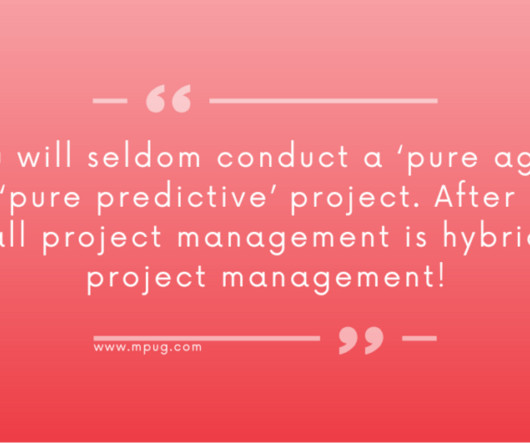
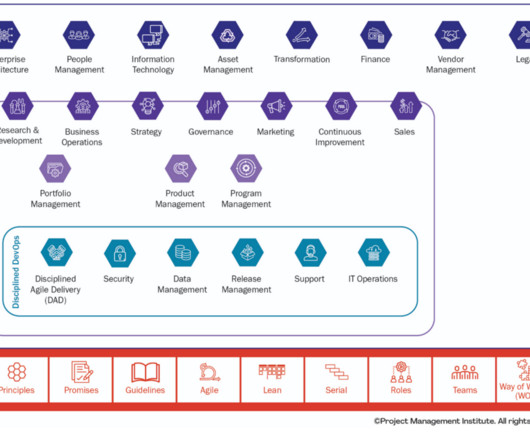
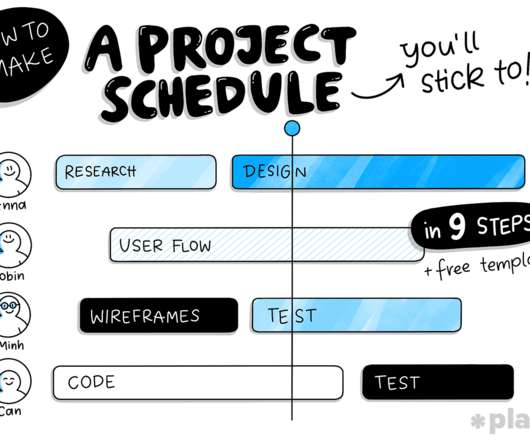
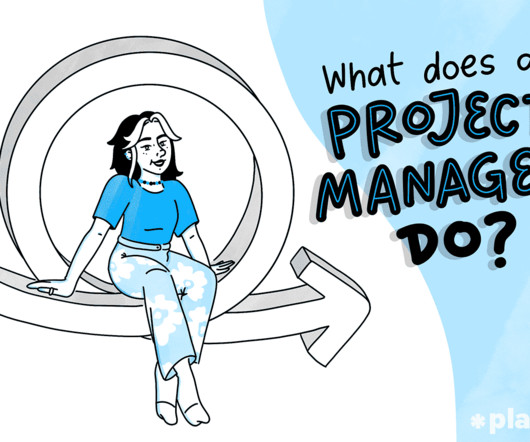
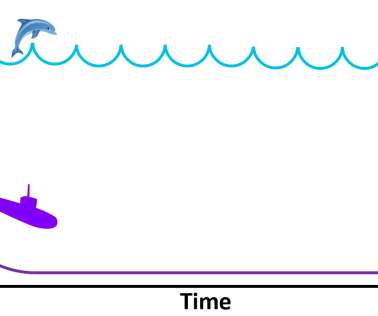
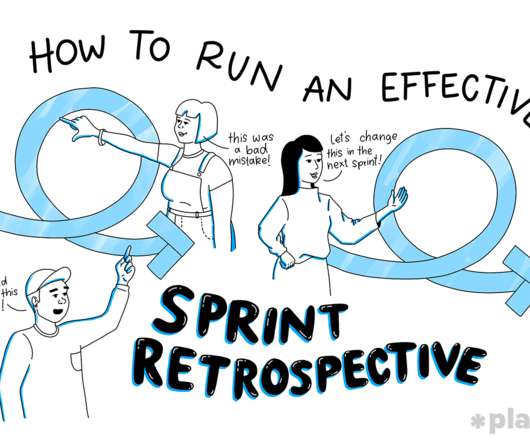













Let's personalize your content